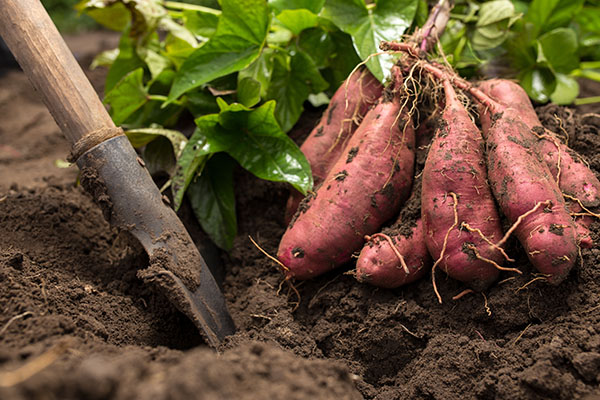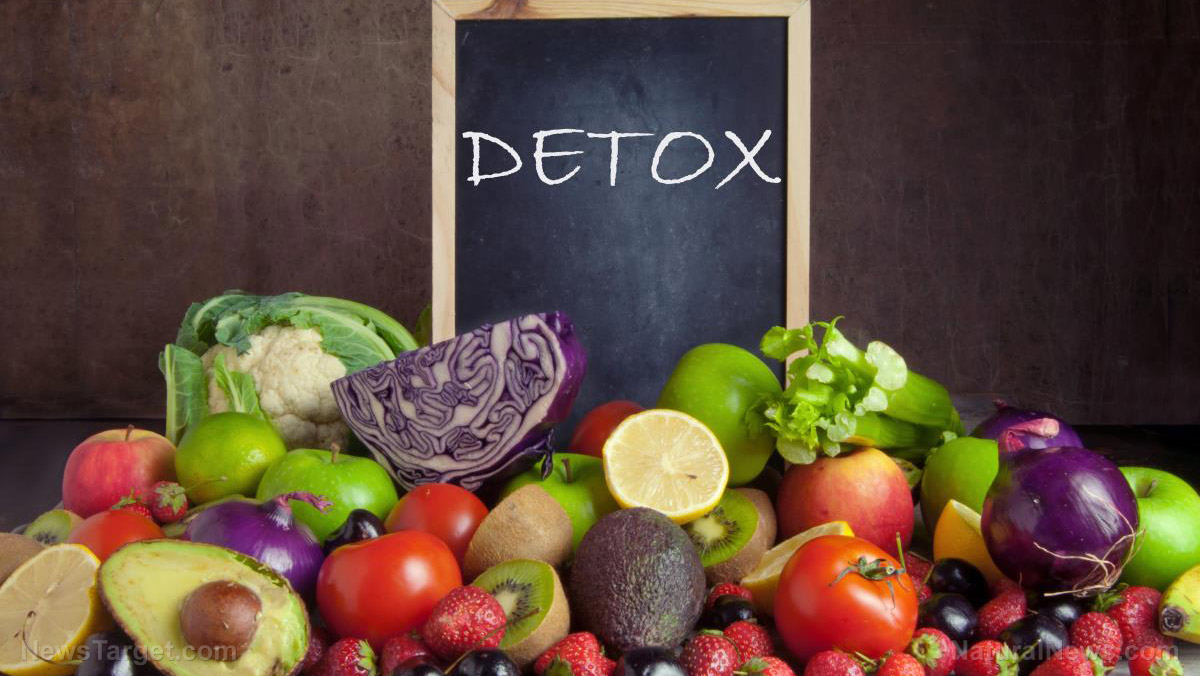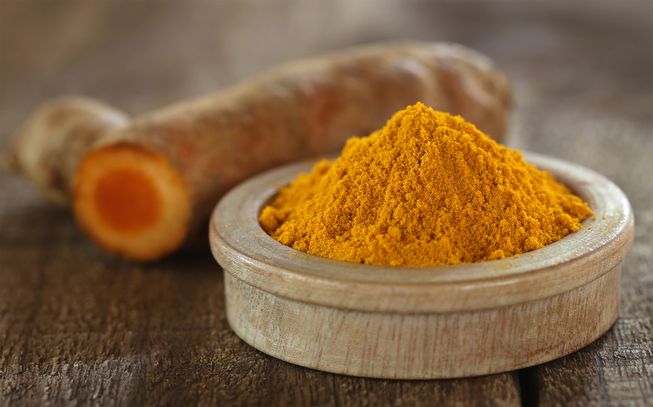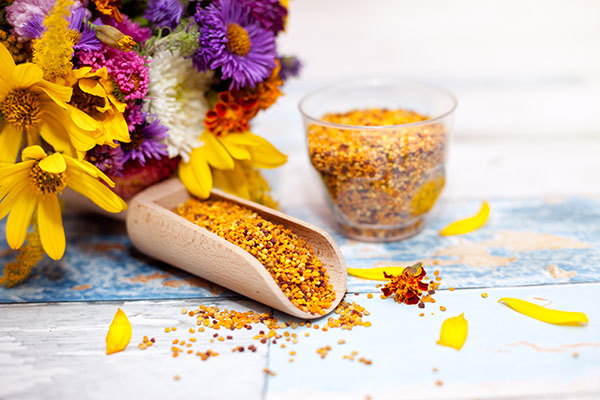
The study received support from Kwangju Women’s University. Its findings were released in the Korean Journal of Medicinal Crop Science.
- Chaga mushroom was processed into a distilled water extract, which was further refined into individual fractions. The aqueous extract and its derivative fractions were tested for their antioxidative activity and their inhibitory effect on tyrosinase.
- The active compounds in the chaga mushroom extract were identified through gas chromatography-mass spectrometry (GC-MS) techniques. Trimethylsilyl was used for the derivations.
- The ethyl acetate fraction achieved the highest score (0.393 milligrams per milliliter) in the DPPH radical scavenging test. Meanwhile, the aqueous extract was able to inhibit the most tyrosinase in the appropriate test.
- Chemical analysis of the ethyl acetate fraction found seven different compounds. The most important ones were syringic acid, protocatechuic acid, and vanillic acid.
- For the aqueous fraction, oxalic acid proved to be the most numerous compound. Since this fraction achieved the best whitening performance, the researchers reasoned that oxalic acid played a significant role in the inhibition of tyrosinase.
The researchers confirmed the ability of chaga mushroom to increase the whiteness of the skin by inhibiting the activity of tyrosinase. Furthermore, they determined that oxalic acid is the primary compound in the extract that protects tyrosine from getting synthesized by tyrosinase into melanin and other darker pigments.
To find more helpful articles on natural approaches to skin care, visit Cosmetics.news.
Journal Reference:
Im DY, Lee KI. ANTIOXIDATIVE ACTIVITY AND TYROSINASE INHIBITION EFFECT OF ETHANOL EXTRACT AND ITS FRACTIONS FROM THE BRANCH OF RHODODENDRON SCHLIPPENBACHII. Korean Journal of Medicinal Crop Science. 2013;21(6):439–443. DOI: 10.7783/kjmcs.2013.21.6.439.
Please contact us for more information.






















